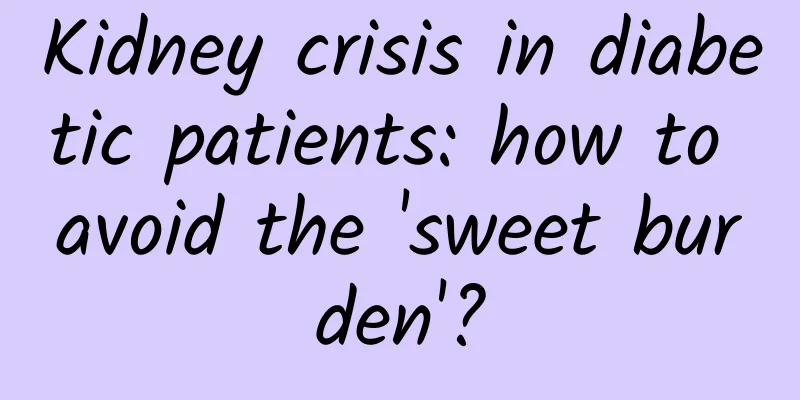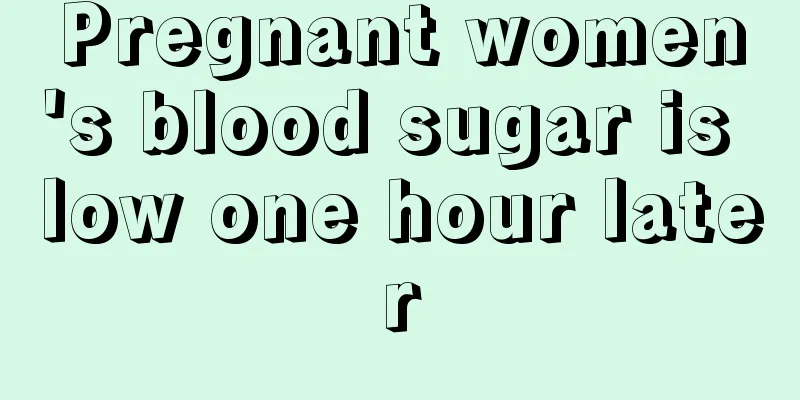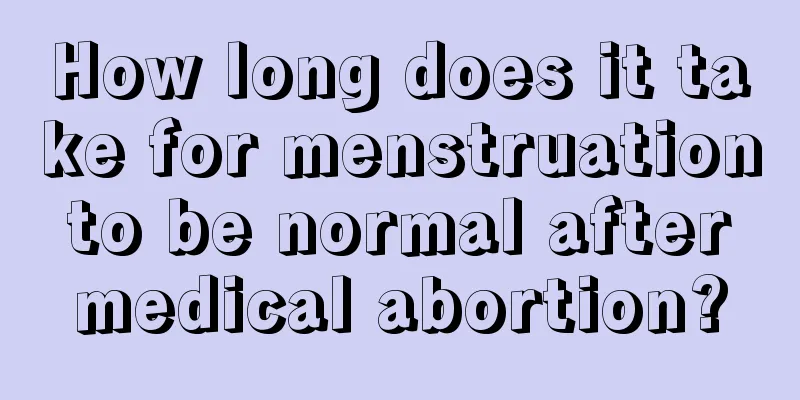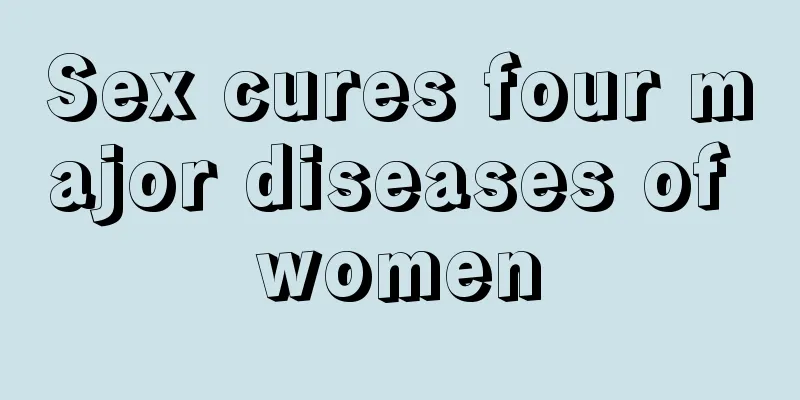What are the dangers of polycystic ovary syndrome?

|
We all know that many diseases in women are caused by poor uterine function. Today we are going to understand this disease, polycystic ovary syndrome, which is also caused by the uterus. As we all know, the uterus is a reproductive organ unique to women, so if there is any problem with the uterus, it will cause great harm to the female body. So, let’s learn about the dangers of polycystic ovary syndrome. 1. Abnormal menstruation: oligomenorrhea, amenorrhea, and in a few cases, functional uterine bleeding. It often occurs during adolescence and is characterized by irregular menstruation after menarche. 2. Hirsutism: more common, with an incidence rate of up to 69%. Due to the increase in androgen levels, the vellus hair on the upper lip, lower jaw, chest, back, middle of the lower abdomen, both sides of the upper thighs and around the anus may become thicker and more numerous, but the degree of hirsutism is not proportional to the androgen level. It may also be accompanied by acne, excessive facial sebum secretion, deep and rough voice, enlarged clitoris, Adam's apple and other signs of masculinization. 3. Infertility: Due to long-term anovulation, patients often suffer from infertility, and sometimes there may be occasional ovulation or miscarriage, with an incidence rate of up to 74%. 4. Obesity: Overweight by more than 20%. Obesity is mostly concentrated in the upper body, with a waist/hip ratio > 0.85. It usually starts during adolescence and gradually worsens with age. 5. Acanthosis nigricans: Gray-brown pigmentation appears in the skin folds of the labia, neck and back, armpits, under the breasts and groin, which is symmetrical, and the skin becomes thickened and soft in texture. 6. Enlarged ovaries: A small number of patients may feel enlarged and firm ovaries through general gynecological examination, but most patients require B-ultrasound examination to confirm. 7. Estrogen effect: Because there is no ovulation, progesterone cannot be produced. If long-term and excessive estrogen stimulates the endometrium, it may cause excessive endometrial hyperplasia, atypical hyperplasia, and even cancer. Because polycystic ovary syndrome involves the uterus, which is related to our body's reproductive function, we need to pay more attention to it. Moreover, the treatment of this disease requires long-term treatment. If you are a patient with this disease, you must go to the hospital for examination and treatment in time. |
<<: Why does my left breast hurt after my period?
>>: How to change breast expansion and sagging?
Recommend
Drinking motherwort will make your period go away
Menstruation is something that all women have to ...
Is it accurate to determine the gender of a baby by the pH value of a pregnant woman?
Pregnant women are always very curious about whet...
Episiotomy wound recovery pictures
For many pregnant women, episiotomy during normal...
Tencent: Tencent's 1Q20 financial report shows that social, gaming and enterprise services are in full swing during the pandemic
According to Tencent's 1Q20 financial report,...
What are the benefits of soaking your feet regularly?
As soon as winter comes, "foot soaking"...
Why is it difficult to start a diesel engine? What should I do if a diesel engine is difficult to start at low temperatures?
Diesel and gasoline vehicles are the two most com...
Menstruation can "speak", and women must understand
Menstruation is a barometer of a woman's heal...
Can emergency contraceptive pills cause infertility? Experts will tell you
Generally speaking, although emergency contracept...
Cover up in spring and keep cool in autumn! How should children keep cool in autumn?
Experts in this issue: Chen Zijia and Wu Liqun, D...
How many days after giving birth will I have milk?
After a mother gives birth to a child, a question...
How much does minimally invasive surgery for ectopic pregnancy cost?
Minimally invasive surgery for ectopic pregnancy ...
The COVID-19 situation is severe. How can we protect ourselves and our families?
Recently, the number of new COVID-19 cases in man...
Menstrual leave postponed for 20 days
In life, the normal physiological cycle of a woma...
Coffee is not only refreshing, but also has a great effect on weight loss
Losing weight has always been a topic that has at...









